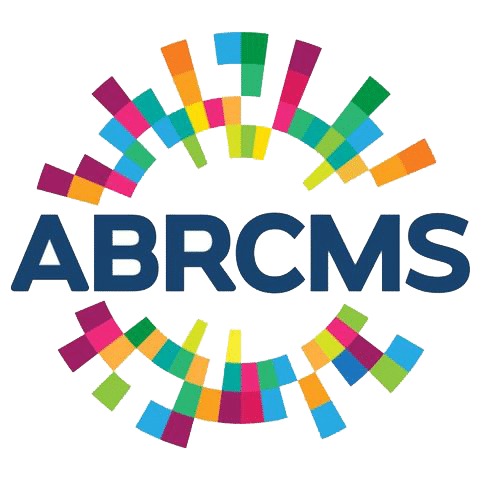ABRCMS Alumni Spotlight: Nadia Herrera, Ph.D.
Nadia Herrera, Ph.D. is currently a president’s postdoctoral fellow at the University of California San Francisco. Herrera began attending ABRCMS as an undergraduate student in 2009 and now attends as a postdoctoral scientist. We conducted a short interview with her to learn more about her scientific journey.
What was has been a low point or challenge in your scientific journey and what helped you?
During graduate school, there was a long period of time during which experiments were not working. The project was quite challenging; it involved crystallizing a membrane-bound protein which prefers to be in a lipid-like environment but requires the difficult challenge of immersing it into an aqueous environment to crystallize. At the time, I had a lot of doubts about my prospects for graduation, which were only intensified by being one of very few underrepresented minorities in my graduate program and at my institution. When I attended ABRCMS during that time (2014 and 2016) I always found a renewal in motivation from the undergraduates presenting their work with that enthusiasm and energy that initially drove me to pursue graduate studies. In addition, it was at the ABRCMS meetings where for the duration of the conference I felt like I belonged in the scientific community. Being surrounded by and meeting other underrepresented minorities at all levels (undergrads -> postdocs -> professors -> deans) was immensely motivating. It was always very encouraging to see that people who looked like me had completed their training in science and had gone on to develop a fruitful career in science as well. This community was a key motivator to help me persist beyond the challenges and to keep pushing towards my goals. Today, I am happy to report that I did, in fact, figure out how to crystallize that protein, and am now investigating yet more fascinating membrane proteins during my postdoctoral studies.
What is something about science or your current work that your find fascinating or motivating?
I have always been fascinated by learning how tiny organisms (bacteria, viruses, etc.) are able to persist in challenging environments- from the soil under a tree onwards to the immune system of a host. Throughout my journey in science, I explored proteins that allow these organisms to persist in their respective environments. To do this, I initially used structural biology to gather a very detailed understanding of how proteins play a role in allowing their tiny organism to survive in different environments. As I continued in my career, I began expanding my toolkit and have relished in merging my structural studies with genetics and live cell microscopy approaches. To me, it is fascinating how much you can learn from asking a question using different approaches. In the end, the understanding that comes from merged studies can shed light on previously unnoticed roles that any given protein can take in a cell and opens the possibilities for novel discoveries along the way.
